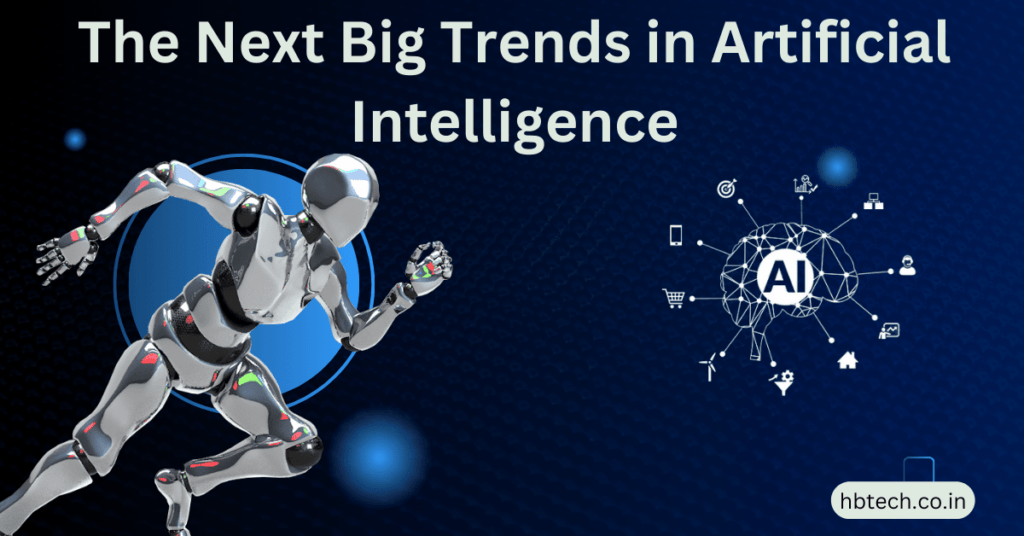Posted inTechnology
Best Android Phone for Gaming and Streaming
Gaming and streaming on smartphones have become more exciting than ever. With Android devices offering incredible performance, stunning graphics and high refresh rates, choosing the best Android phone for gaming…








